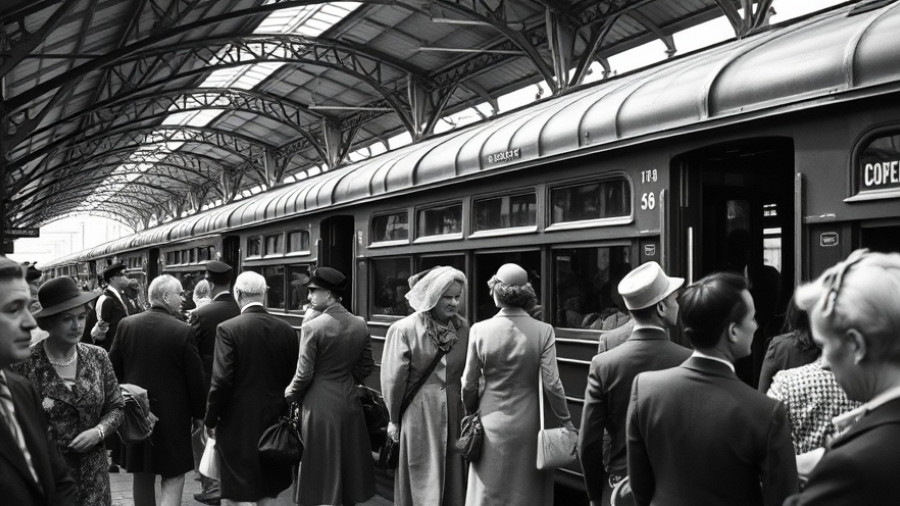
Understanding the Decline of American Public Transit
For many years, American cities have grappled with a public transit system that seems more like an afterthought than a priority. Poorly maintained and underfunded, the majority of transit systems struggle to provide adequate service to their communities. However, understanding the historical context of public transit reveals that this decline is not a foregone conclusion. Once, cities like New York, Boston, and San Francisco thrived on robust and effective public transportation systems. Today, we are faced with critical choices: uphold our commitment to these essential services or risk losing them altogether.
The Legacy of Private Transit Companies
To comprehend the present state of public transit, we must look back at the late 19th and early 20th centuries when most transit systems were privately operated. These companies capitalized on the growing demand for transportation to connect burgeoning suburban neighborhoods with city centers. Thanks to investments in streetcar systems and elevated lines, residents could commute to work, enjoy leisure activities, and engage with urban life without the decade-long delays associated with today's infrastructure planning.
The genius of these early private companies lay in their ability to attract capital through land development, changing the fabric of American neighborhoods forever. Yet their success foreshadowed the challenges to come. As automobiles gained popularity, ridership on streetcars dwindled, leading to a stark decline in investment and service quality.
Public Perception and the Role of Government
The shift away from private ownership toward public control of transit systems revealed a complicated relationship between citizens and their transportation services. Although poorly regulated, early transit companies delivered essential services at minimal public cost. In contrast, efforts to establish public transit often fell short of expectations, fueled by inadequately funded initiatives and conflicting priorities.
This ongoing struggle highlights a key facet of modern transit: our collective perception that services must be entirely free or low-cost without recognizing the need for dedicated funding. As cities like Los Angeles have attempted to revitalize their transit infrastructure, the challenge remains to ensure public investment matches public need.
Current Urban Transit Innovations and Adaptability
Despite setbacks, innovative cities are crafting models that merge technology with community needs. In the SF Bay Area, for instance, local initiatives are investing in sustainable transit solutions that promise not only to connect commuters but also to uplift communities. This resurgence showcases grassroots movements striving to advocate for better public transportation, signaling that we're at a turning point. As the Vision Zero Cities initiative highlights, prioritizing the funding of transit isn’t just about infrastructure; it's about ensuring the well-being of the communities that rely on it.
The Path Forward: Funding and Support
Recent conferences such as the Vision Zero Cities conference challenge stakeholders, including city leaders and residents, to evaluate prior investments in transportation systems critically. The message is clear; funding is not an optional luxury, but a vital necessity for maintaining and enhancing urban mobility. Whether it’s through increased subsidy options or fostering public-private partnerships, cities have the opportunity to rethink their transit approaches and invest in meaningful solutions.
Conclusion: A Call to Action for Bay Area Citizens
For lifestyle-conscious adults in the SF Bay Area, this is a chance to embrace your role in this vital conversation. We can reclaim public transportation as a cornerstone of community life. Share your thoughts with city officials, advocate for robust funding strategies, and push for innovative solutions that enhance the transit experience. By taking action, you can not only contribute to preserving transit options but also foster a stronger sense of belonging within your city.
Let’s not lose public transit; let’s revitalize it for a future that serves everyone.
 Add Row
Add Row  Add
Add 



Write A Comment